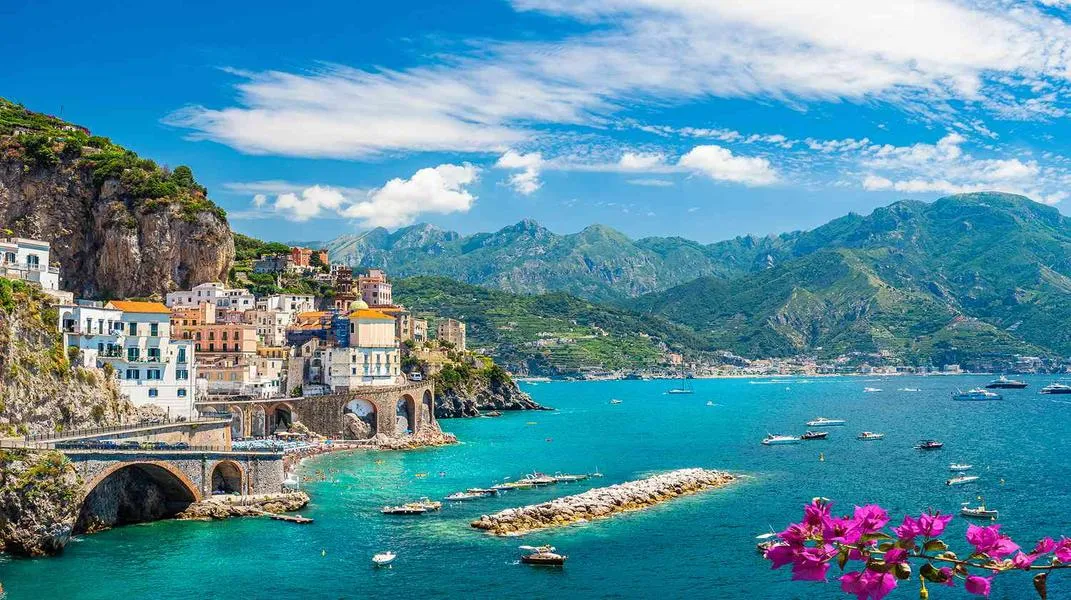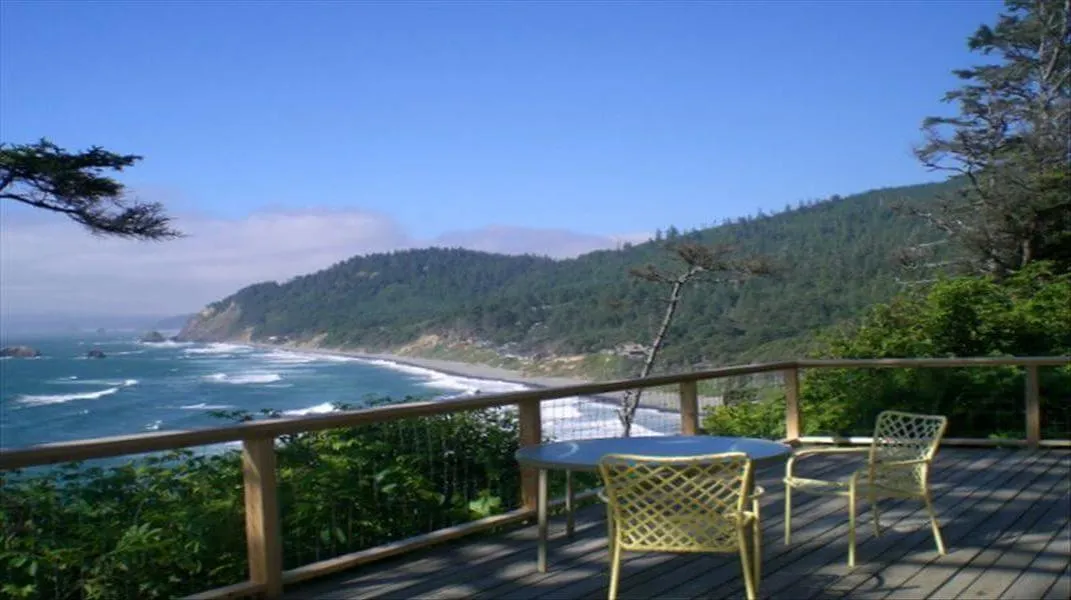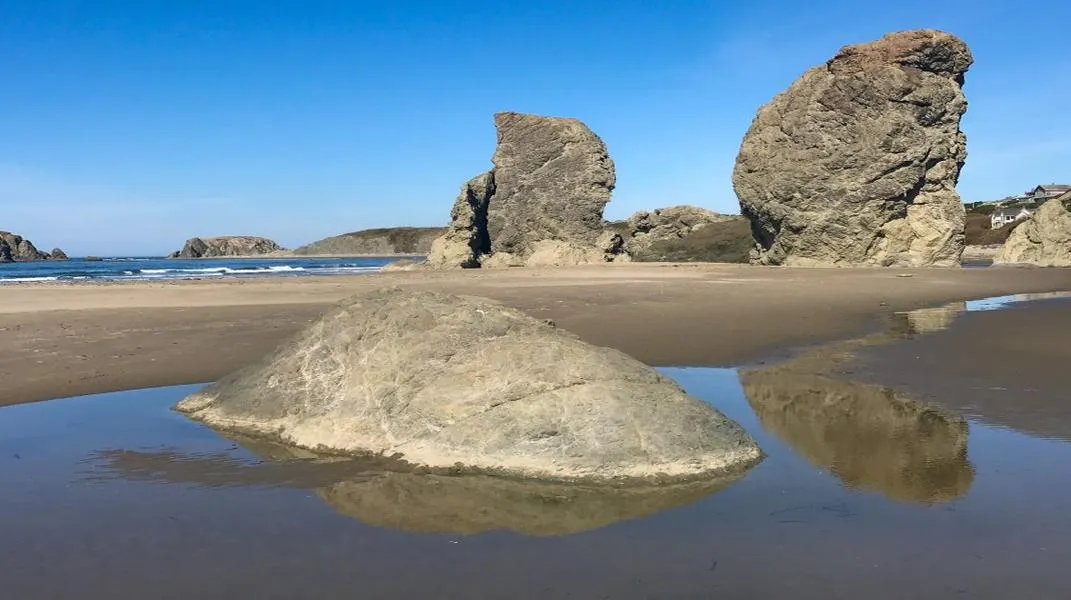Exploring the Amalfi Coast: A Journey Through Italy's Coastal Gem
The Amalfi Coast, a UNESCO World Heritage site, is a breathtaking stretch of coastline located in the Campania region of Italy. Renowned for its stunning cliffs, picturesque villages, and vibrant Mediterranean culture, the Amalfi Coast is a dream destination for travelers seeking both relaxation and adventure. This article delves into the enchanting features of the Amalfi Coast, highlights must-visit locations, and provides valuable insights into preparing for your visit.

The Allure of the Amalfi Coast
The Amalfi Coast extends approximately 50 kilometers from the city of Naples to Salerno, characterized by its steep cliffs, turquoise waters, and charming towns that cling to the hillsides. The coastline is dotted with colorful villas, terraced vineyards, and fragrant lemon groves, creating a postcard-perfect landscape that draws millions of visitors each year.
Natural Beauty
The natural beauty of the Amalfi Coast is unparalleled. The coastline features dramatic cliffs that rise sharply from the Mediterranean Sea, offering breathtaking views at every turn. The crystal-clear waters invite visitors to swim, sail, and dive, while the surrounding hills are perfect for hiking and exploring nature.
One of the most iconic spots on the Amalfi Coast is the Path of the Gods (Sentiero degli Dei), a scenic hiking trail that connects the towns of Bomerano and Nocelle. This trail offers panoramic views of the coastline and the opportunity to experience the rich biodiversity of the area.
Historical Significance
The Amalfi Coast is steeped in history, with its towns showcasing a blend of Roman, Byzantine, and Moorish influences. Amalfi, the coast's namesake town, was once a powerful maritime republic. Its historical center features the stunning Cathedral of Sant'Andrea, a striking example of Arab-Norman architecture.
Other towns along the coast, such as Ravello and Positano, are also rich in history. Ravello is known for its villas, including Villa Rufolo and Villa Cimbrone, which offer breathtaking gardens and views of the coast. Positano, with its cascading houses, is famous for its narrow streets and vibrant atmosphere.
Must-Visit Towns on the Amalfi Coast
1. Positano: The Jewel of the Coast
Positano is perhaps the most famous town on the Amalfi Coast, known for its steep, winding streets and colorful cliffside architecture. The town is home to beautiful beaches, such as Spiaggia Grande and Fornillo, where visitors can relax, sunbathe, and enjoy delicious seafood at beachside restaurants.
The town's vibrant shops offer local handicrafts, including handmade sandals, ceramics, and linen clothing. A visit to Positano is not complete without exploring its charming alleyways and enjoying a gelato while taking in the stunning views of the coastline.
2. Amalfi: The Historic Heart
Amalfi is the historical heart of the coast and is known for its rich maritime heritage. The Amalfi Cathedral, with its stunning façade and impressive bell tower, is a must-visit. Inside, you can admire beautiful mosaics and the remains of St. Andrew, the town's patron saint.
The town also features the Paper Museum (Museo della Carta), where visitors can learn about the traditional paper-making process that has been practiced in Amalfi since the 13th century. Strolling along the picturesque streets, visitors can enjoy local delicacies like sfogliatella and limoncello.
3. Ravello: A Cultural Haven
Perched high above the coast, Ravello is a peaceful retreat known for its stunning views and cultural heritage. The town is famous for its annual music festival, Ravello Festival, which attracts musicians and performers from around the world.
Villa Rufolo, with its lush gardens and breathtaking vistas, is a highlight of Ravello. Visitors can explore the villa's beautiful grounds and attend concerts held in its historic courtyard. Villa Cimbrone is another must-visit, offering a stunning terrace with panoramic views of the coastline.
4. Minori and Maiori: Hidden Gems
While Positano and Amalfi often steal the spotlight, the towns of Minori and Maiori offer a more laid-back experience. Minori is known for its beautiful beaches and the Church of Santa Trofimena, while Maiori boasts one of the longest beaches on the coast.
Both towns are perfect for those looking to escape the tourist crowds and enjoy authentic Italian cuisine at local trattorias. Don’t miss the chance to try the region’s famous pastries, especially the delicious “delizia al limone,” a lemon-flavored cake.
Planning Your Visit: What to Prepare
A trip to the Amalfi Coast requires careful planning to ensure an enjoyable experience. Here are some essential materials and tips to prepare for your visit:
1. Travel Documents
Ensure that your passport is valid for at least six months beyond your planned departure date. If you are a citizen of a country that requires a visa to enter Italy, make sure to obtain the necessary visa before your trip. It is advisable to have photocopies of important documents, such as your passport and travel insurance, in case of loss or theft.
2. Accommodation
The Amalfi Coast offers a range of accommodation options, from luxury hotels to charming bed-and-breakfasts. It is advisable to book your accommodations well in advance, especially during the peak tourist season (May to September). Popular towns like Positano and Amalfi can fill up quickly, so consider staying in less touristy towns like Minori or Maiori for a more tranquil experience.
3. Transportation
While the Amalfi Coast is accessible by public transportation, renting a car can provide more flexibility for exploring the area. However, be aware that the winding coastal roads can be narrow and challenging to navigate. Alternatively, consider using the local ferry services to travel between towns, as this offers stunning views of the coastline.
If you choose public transportation, familiarize yourself with the SITA bus schedule, which connects the major towns along the coast. Additionally, be prepared for some steep walks and staircases, especially in Positano and Ravello.
4. Clothing and Footwear
The Amalfi Coast enjoys a Mediterranean climate, with warm summers and mild winters. Pack lightweight clothing, comfortable shoes for walking, and swimwear for the beaches. A light jacket may be necessary for cooler evenings.
Don’t forget to include a hat, sunglasses, and sunscreen to protect yourself from the sun while exploring outdoor attractions. If you plan to hike the Path of the Gods, sturdy hiking shoes and plenty of water are essential.
5. Currency and Budgeting
Italy uses the Euro (€). It is advisable to have some cash on hand for small purchases, as not all establishments accept credit cards. Budgeting for your trip will depend on your preferences, but keep in mind that dining in tourist areas can be pricier. Consider trying local trattorias for delicious meals at more reasonable prices.
6. Local Etiquette
Understanding local customs and etiquette can enhance your experience. Italians are known for their warmth and hospitality, so greetings are important. A simple “Buongiorno” (Good morning) or “Buonasera” (Good evening) goes a long way. Tipping is appreciated but not mandatory; rounding up the bill or leaving small change is customary.
Final Thoughts
The Amalfi Coast is a destination that captivates the heart and soul of every traveler. With its stunning natural beauty, rich history, and vibrant culture, it offers a unique experience that is hard to replicate. Whether you find yourself wandering the colorful streets of Positano, soaking in the views from Ravello, or savoring fresh seafood in Amalfi, each moment spent on this enchanting coastline is sure to leave a lasting impression.
By preparing adequately and embracing the local culture, you can fully enjoy the magic of the Amalfi Coast. So pack your bags, grab your camera, and get ready for an unforgettable adventure in one of Italy's most iconic destinations.




